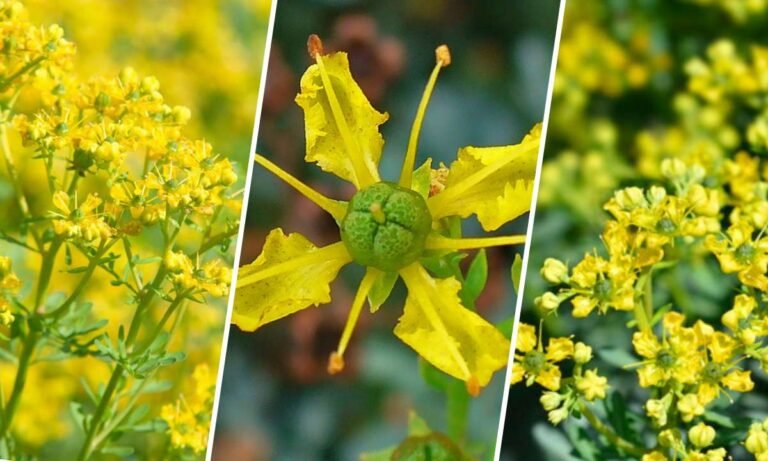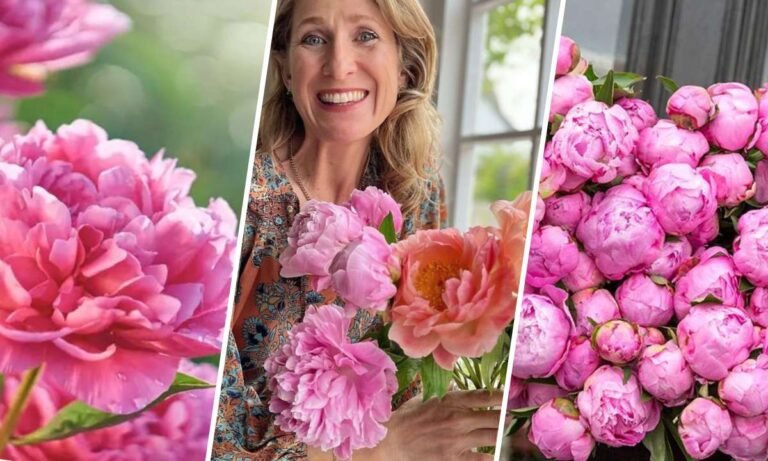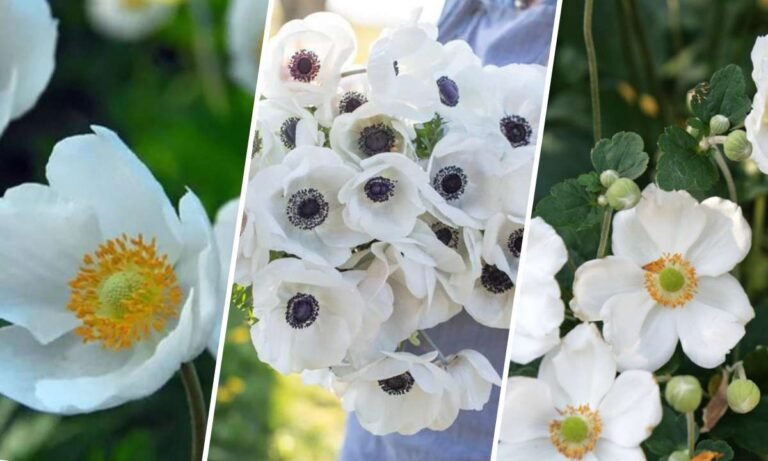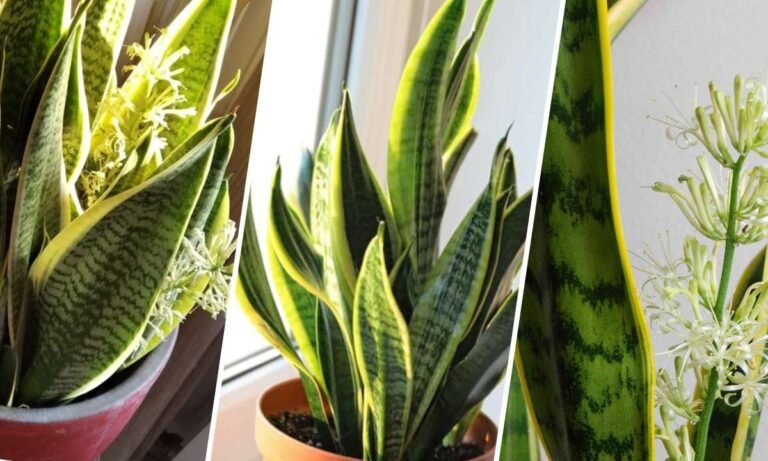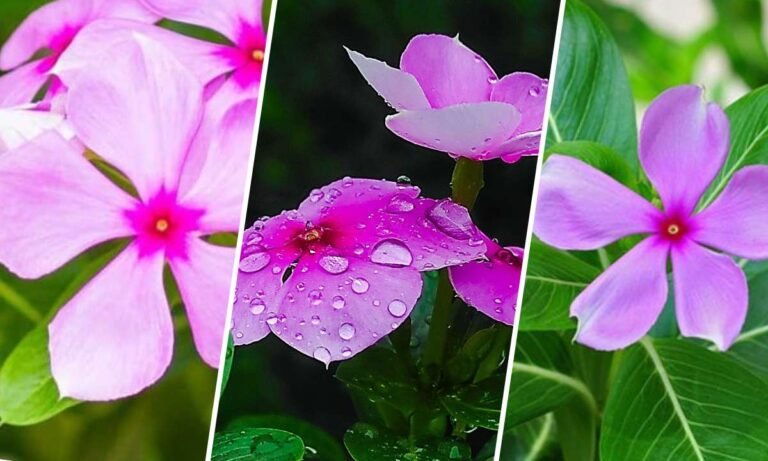Wisteria flowers aren’t just beautiful garden additions—they’re packed with deep meanings across cultures. This guide explores wisteria’s symbolism, cultural importance, different types, and practical gardening tips. Understanding this stunning flower helps you appreciate its beauty and significance, both visually and symbolically.
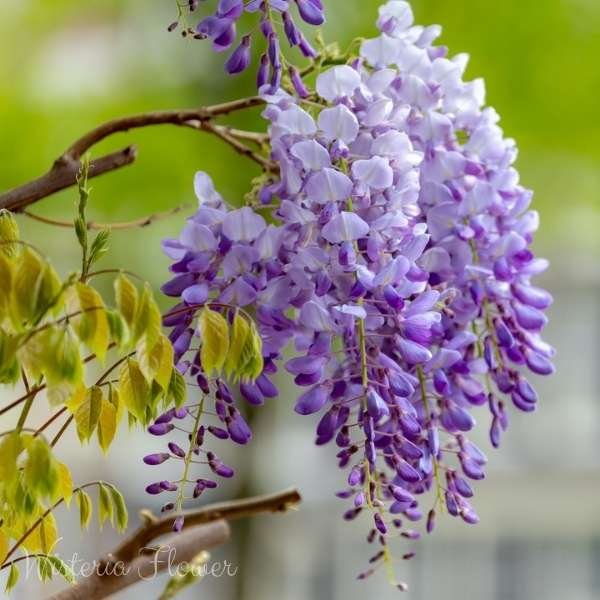
What Wisteria Flowers Symbolize
Wisteria blooms in cascading clusters of blue, purple, pink, and white. They symbolize love and affection, often linked with romantic emotions and deep connections. In weddings, wisteria adorns decorations and bouquets, conveying tenderness and emotional bonds.
Symbolism of Longevity and Elegance
Wisteria’s sturdy vines can live over a hundred years, symbolizing endurance and resilience in life. Their graceful, hanging flowers also represent elegance and grace, inspiring calmness and tranquility. In Japan, wisteria is a symbol of refinement, seen in traditional gardens and art.
Cultural Significance of Wisteria
Wisteria holds cultural significance worldwide. In Japan (“fuji”), it’s revered during the Wisteria Festival for its breathtaking tunnels and symbolizes prayer and meditation. In China, it represents honor and friendship, featured in paintings and poetry. Western culture often portrays wisteria as a symbol of romance and mystery, adding enchantment to gardens.
Types of Wisteria
There are several wisteria varieties with unique traits:
- Chinese Wisteria (Wisteria sinensis): Known for vigorous growth and vibrant blue or violet flowers, blooming in early spring.
- Japanese Wisteria (Wisteria floribunda): Features longer clusters of flowers in white, pink, or purple, blooming slightly later in spring or early summer.
- American Wisteria (Wisteria frutescens): Native to the southeastern US, blooms in mid to late summer with shorter flower clusters.
- Silky Wisteria (Wisteria brachybotrys): Known for velvety leaves and fragrant blue or violet blooms, ideal for refined garden settings.
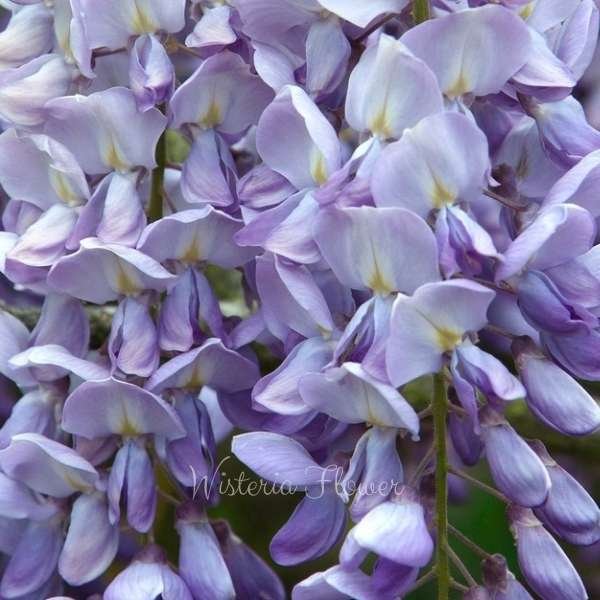
Practical Uses in Landscaping
Wisteria is versatile in gardens:
- Pergolas and Arbors: Creates stunning focal points with cascading flowers.
- Garden Walls and Fences: Softens hardscapes with its lush foliage and twining vines.
- Trellises and Espaliers: Perfect for smaller spaces, adding charm and privacy.
- Containers and Hanging Baskets: Suitable for patios and balconies, requiring regular pruning.
Caring for Wisteria
To thrive, wisteria needs:
- Planting: Choose a sunny spot with well-drained soil.
- Pruning: Trim after flowering to maintain shape and encourage new growth.
- Watering and Fertilizing: Water deeply when young; fertilize lightly in spring.
- Support and Pest Control: Ensure sturdy support structures; watch for pests like aphids and scale insects.
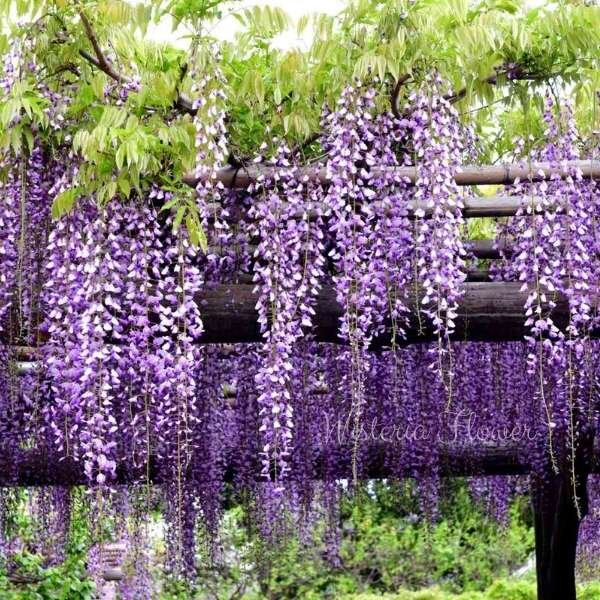
Conclusion
Wisteria isn’t just a plant—it’s a timeless symbol of beauty and endurance. Whether you admire it for its cultural significance or use it to enhance your garden, wisteria brings elegance and charm to any outdoor space. Understanding its symbolism and care needs allows you to fully enjoy the allure of wisteria in your own garden.


